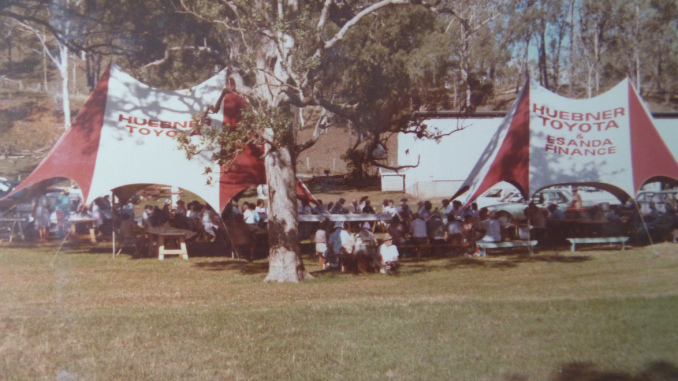
Original author Brian Ward. From Museum records.
Compiled by Barry Kenny
Sheep were only cutting three or four pounds of wool once a year which was sold in England, seedy wool bringing twopence to twopence halfpenny a pound weight, better quality wool was around two shillings (2/-). There was up to five years wait for the wool cheque from England. A sheep was worth sixpence (6d.) to sell, from eight pence to ten shillings for its wool less deductions and five shillings boiled down for tallow, which was packed in its own paunch and exported. Sheep proved unsuccessful in the Logan and Albert area because of the high rainfall growing long seedy grass and causing scab and catarrh.
In spite of reports to the contrary Chinese were not a success as shepherds, they were not willing cheap labourers. History records their revolts against their conditions, Canning Downs being a notable example. Brian Ward quotes direct from the diary of Philip Vonderheid employed near Inverell. Quote…”They often speak of the lazy shepherd, but for my part I did not earn my bread from my masters just lying on my back. The man who tends a flock of 1800 ewes and lambs at Glenelgin without losing any of them and keeps the sheep in good condition (without them having been in good condition to start with) such a man must have his wits and legs everywhere”. End of quote.
Quoting from the above diary, again when Vonderheid was employed by John Collins of Mundoolun shifting their sheep north. Quote… “Of course this was no pleasure trip and it was still winter too. We were often drenched to the skin, what did we do with our wet rags at night and it was still raining? Men could only get enough fire to make a cup of tea. We often mixed up some flour and tossed it onto the fire, it was burnt on one side and raw on the other. We often did our meat this way burnt and raw”. End of quote. Some shepherds of European descent were among Kerry’s earliest settlers and descendants still live in the Beaudesert District today.
At Christmas Creek site three men were killed during an attack by Aboriginal Warriors. A woman survived when she fell between a bed and the wall and was covered by blankets.
Folklore tells us she made her way East over the low gap in the Range south of Mt. Pleasant to her shepherd friends at Kerry. Her path was along what is referred to today as The Shepherd’s Walk.





